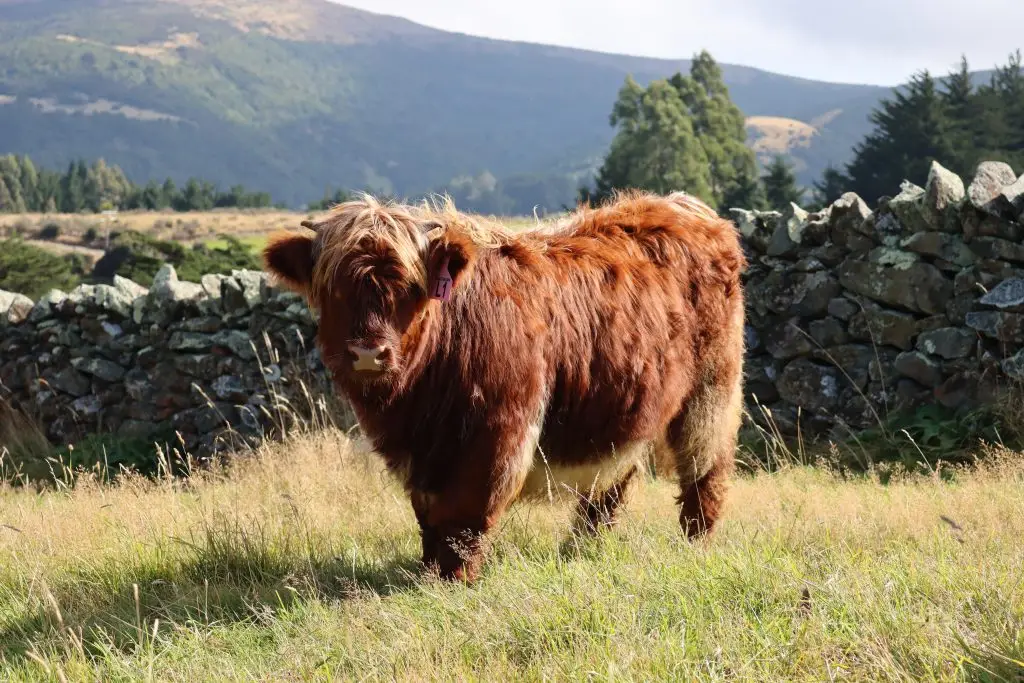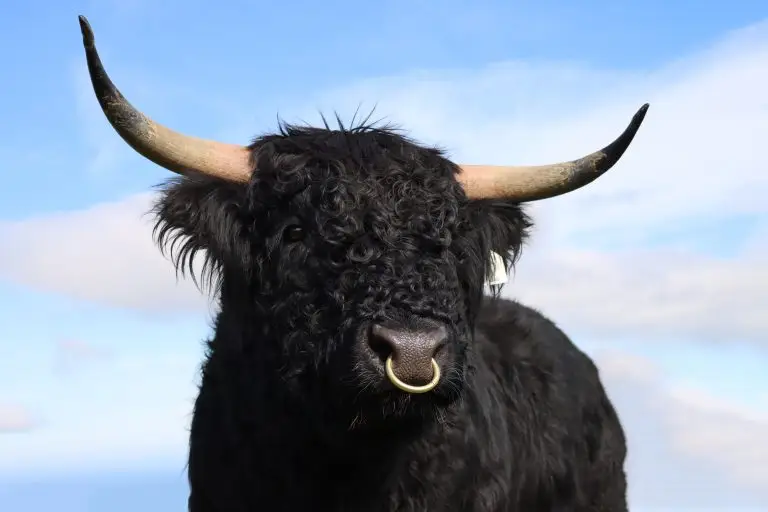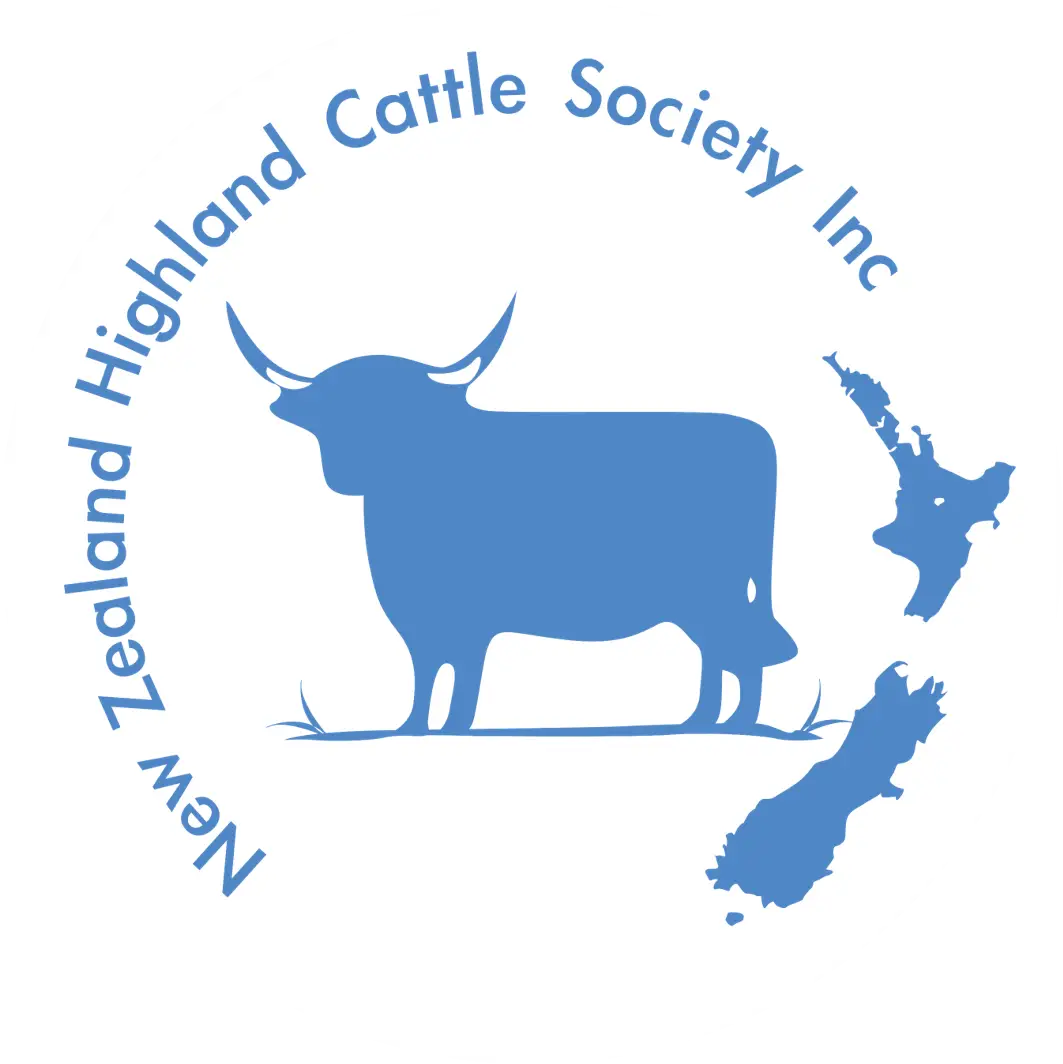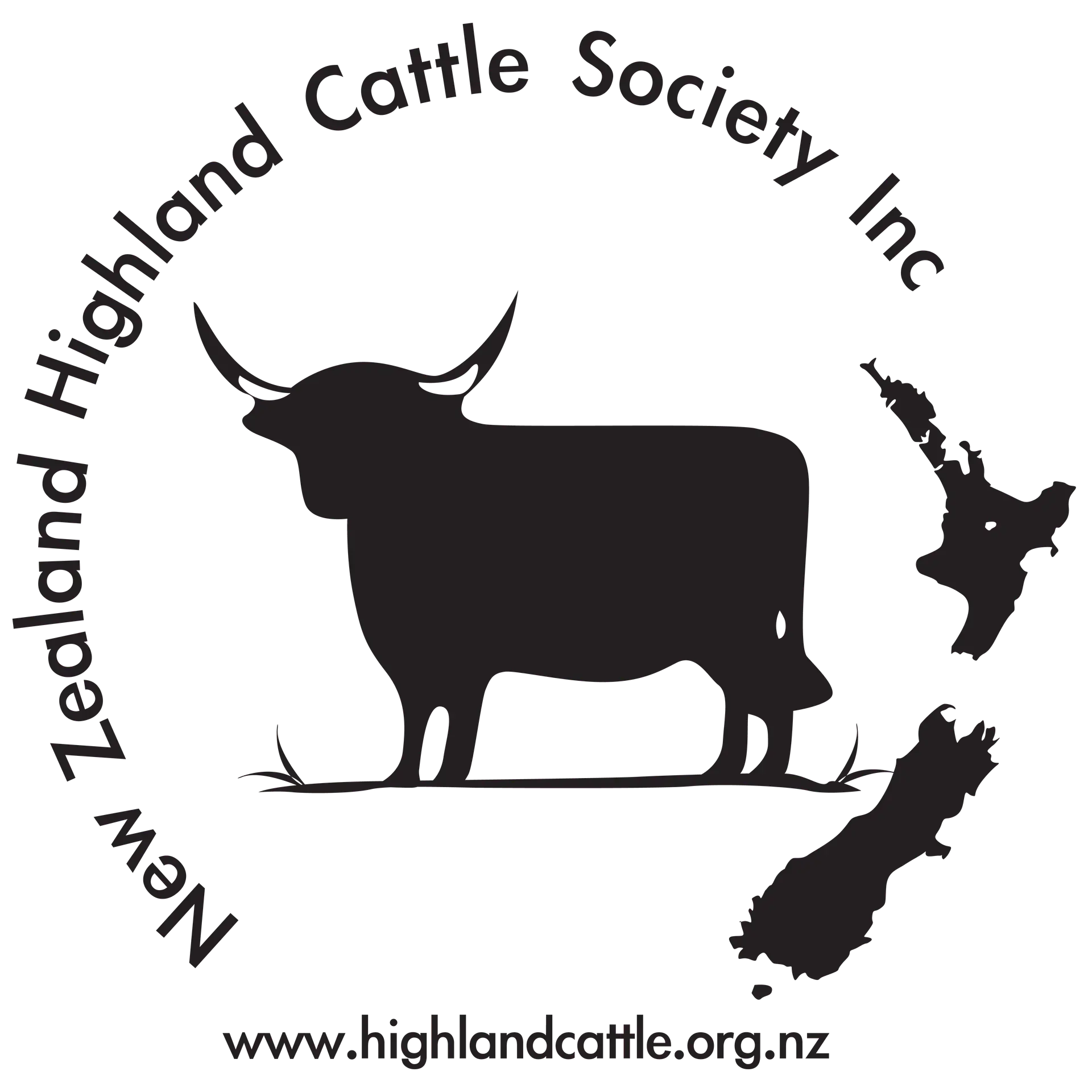No products in the cart.

HISTORY
Highland Cattle originated in the Highlands and West Coastal Islands of Scotland. Capable of surviving in the harshest of environments. Ideal for the rugged hills and moors.
The traditional use of Highland Cattle was in the estate/Highland Chief/landowner type of situation. Each estate or Clan holding was divided into Tacks run by tacks men usually of several hundred acres. The tacks man was mostly related to the overall owners and a Sub Chief or Captain of the family/clan. He in turn sub-leased this into smaller holdings which would include his children, cousins etc and crofters who were poor folk who subsisted only.
As payment for the lease the tacks man and his Chief would sub lease and sell cattle to all those below them in the pecking order. Once or twice a year the cattle would be gathered for rent along with others that these folk wished to sell and drovers would take the accumulated fold to the cattle fares (Trysts) throughout Scotland and sell on their behalf. Out of this the rent and other debts would be settled. The land owner and the tacks man according to their respective position and wealth would often supply bulls for all of the tenants as well as replacement stock.
This system was in place between 1450 and 1825 and at its height between 1560 and 1795. After this access and roads became better and then trains came and changed droving and bartering forever.
Crofters, in the 1830/40’s, would usually only have cross bred cattle, raising a calf and providing milk for the family. The Highland Cattle Society when formed in 1884 was exclusively promoted by larger landowners.
Characteristics
Through the long-recorded history of Highlands, breeders have taken great care to retain the original characteristics of these cattle. Highlands are a moderate size which means that they have a 10% more carrying capacity than larger breeds.
They have a double coat of hair – a downy undercoat and a long outer coat which is well-oiled to shed rain and snow. They shed their long hair when exposed to hot dry climate and grow a new one in winter.
The colours include, red, white, black, brindle, yellow and dun. The Highland has graceful sweeping horns and majestic appearance that will compliment any landscape.
Temperament
Highlands are unusually healthy and hearty and will survive on roughage and poor grazing under climatic conditions where most of the popular breeds would suffer.
They are noted for their browsing ability. The mothering instinct is highly developed in the Highland cow. Calving difficulties and abandoned calves are rare.
The Highland cow has a long productive life and many cows reach 18 years and rear 15 calves which greatly reduces their replacement costs.

Beef
Highland cattle beef is considered to be one of the most prestigious meats avaliable due to its marbled fat threads that run throughout the meat itself.
With having the perfect amount of marbling, this in turn creates a more succulent, tender and juicy texture bringing together its own distinct flavour.
A “Butcher’s Beast” as it kills out at over 60%. At the prestigious National Western Stock Carcass contest in USA a Highland or Highland Cross has won or placed for 24 of the last 29 years.
Cross Breeding
In Scotland, Highlands have traditionally been crossed with Shorthorn and more recently the exotic breeds. But they also cross well with Herefords as proven at Manyberries Research Station, Canada, when groups of 100 breeding cows of pure Highland, pure Hereford, and Highland/ Hereford cross were tested.
* The pure Highland produced 1 tonne more beef than the pure Hereford group.
* While the Highland / Hereford cross produced 3 tonnes more beef than the Hereford.
The Highland cow passes on valuable Highland characteristics when crossed with nearly any breed.
For more information on the grading system, click the link below;
TIPS FOR BUYING
People buy Highland cattle for many reasons, but at the end of the day you must be happy with what you buy. Often the size of your purse or the size of your paddock will determine what you can look for, or how impatient you are to have ‘the real thing”. So take some time over your decision so that you can sit back and enjoy what you buy. Do your homework beforehand to avoid possible disappointments later.
If you don’t know much about the breed, or cattle in general, then ask the advice from someone that does or refer to your Regional Councillor.
Look around before you buy so that you are certain in your own mind what you want, whether the animals are a good example of that particular “Grade“, and whether you are paying a fair price. The cattle for sale page is a good place to look at what is on offer at the time. Don’t buy anything unless you really like it.


